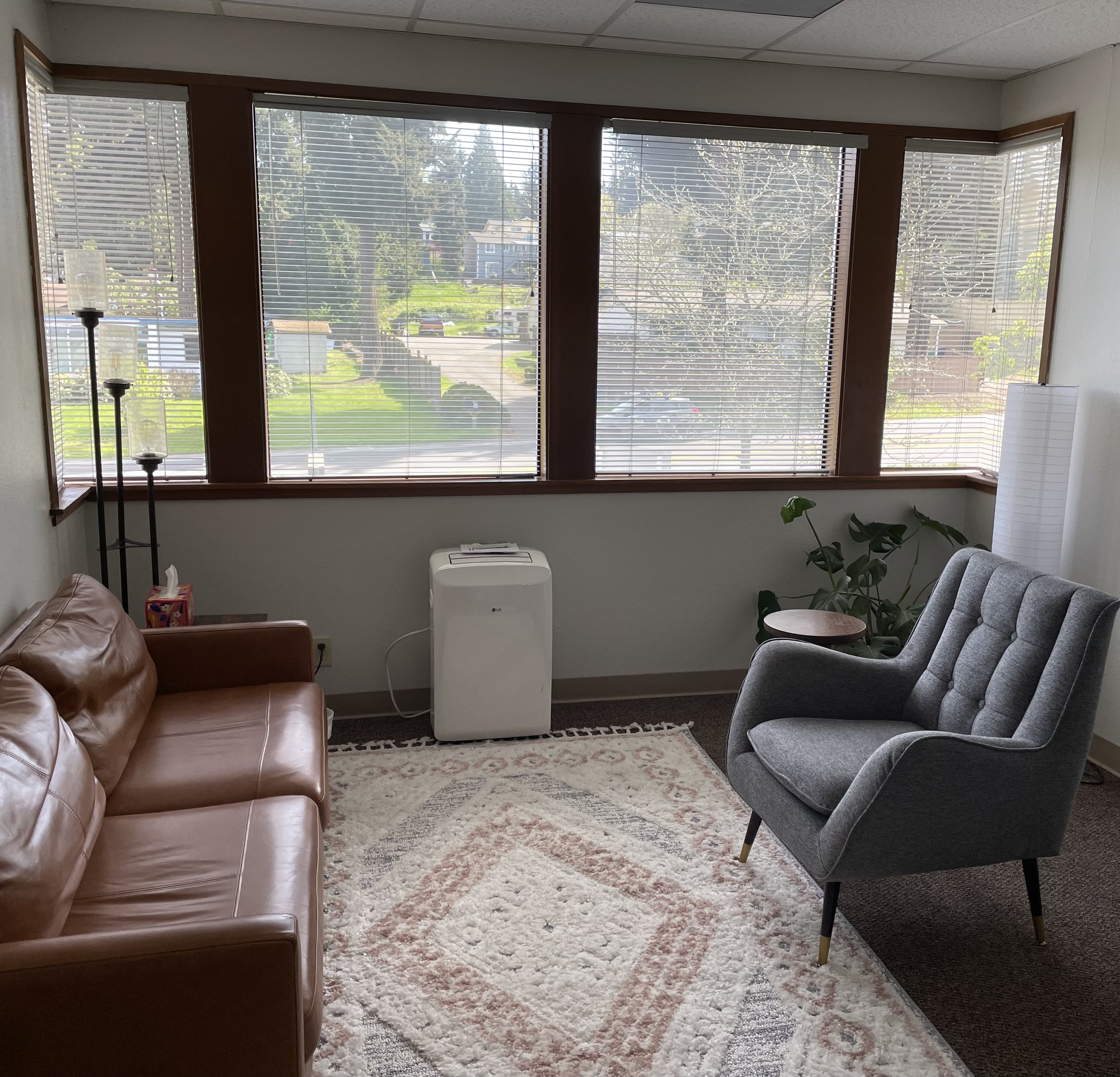Overcoming Procrastination: Effective Strategies for Individuals with ADHD
Procrastination can be a pervasive issue for many, but for individuals with Attention Deficit Hyperactivity Disorder (ADHD), it often feels insurmountable. ADHD is a neurodevelopmental disorder that manifests through symptoms of inattention, hyperactivity, and impulsivity. These symptoms can significantly impede one’s ability to start tasks, stay focused, and see projects through to completion. However, understanding the nature of ADHD and employing targeted strategies can help overcome procrastination and enhance productivity. In this comprehensive guide, we will explore various techniques to help individuals with ADHD manage and reduce procrastination.
Understanding ADHD and Procrastination
ADHD affects executive functions—cognitive processes that include working memory, flexible thinking, and self-control. These functions are crucial for planning, organizing, and executing tasks. Procrastination in ADHD is often not about laziness but rather about difficulties in initiating tasks, managing time, and regulating emotions. Recognizing these challenges is the first step towards finding effective solutions.
1. Break Tasks into Smaller Steps
A significant hurdle for those with ADHD is the overwhelming nature of large tasks. Breaking these tasks into smaller, more manageable steps can make a significant difference.
*Identify the Big Picture: Start by understanding the overall goal or project.
*Divide into Subtasks: Decompose the main task into smaller, sequential sub-tasks. For example, if you need to write a report, your sub-tasks could include researching, outlining, drafting each section, and editing.
*Create a Checklist: Develop a checklist of all the subtasks. Checking off each item as you complete it provides a sense of accomplishment and helps maintain momentum.
By focusing on one small step at a time, the task becomes less daunting, and you can progress steadily without feeling overwhelmed.
2. Use Timers and the Pomodoro Technique
The Pomodoro Technique is a time management method that can be particularly beneficial for individuals with ADHD. It involves working in short, focused intervals followed by brief breaks.
*Set a Timer for 25 Minutes: Choose a task and set a timer for 25 minutes. During this time, focus solely on the task at hand.
*Take a 5-Minute Break: When the timer goes off, take a 5-minute break. Use this time to stretch, grab a snack, or relax.
*Repeat the Cycle: After four Pomodoro sessions, take a longer break of 15-30 minutes.
This method helps maintain focus and productivity by providing regular intervals for rest and relaxation. It also helps create a sense of urgency and structure, which can be motivating for individuals with ADHD.
3. Prioritize Tasks
Effective prioritization is essential for managing time and ensuring that important tasks are completed. The Eisenhower Matrix is a useful tool for categorizing tasks based on their urgency and importance.
*Urgent and Important: Tasks that are both urgent and important should be done immediately.
*Important but Not Urgent: Schedule these tasks for later. They are crucial for long-term goals but do not require immediate attention.
*Urgent but Not Important: Delegate these tasks if possible, or complete them quickly to get them out of the way.
*Neither Urgent nor Important: These tasks are often distractions. Limit or eliminate them from your schedule.
By categorizing tasks in this way, you can focus on what truly matters and avoid getting sidetracked by less important activities.
4. Create a Structured Environment
A structured environment can significantly enhance productivity and reduce procrastination. Here are some tips for creating a conducive workspace:
*Organize Your Workspace: Keep your workspace tidy and free of clutter. Use organizers and storage solutions to keep everything in its place.
*Minimize Distractions: Identify common distractions and find ways to minimize them. This might include turning off notifications, using noise-cancelling headphones, or setting boundaries with family members or roommates.
*Use Visual Aids: Keep calendars, planners, and to-do lists visible. Visual reminders can help you stay on track and remember important deadlines.
Creating a structured environment helps reduce the mental load associated with finding what you need and staying focused on tasks.
5. Set Specific Goals and Deadlines
Setting specific goals and deadlines can provide a sense of direction and urgency. Vague goals like “work on my project” are less effective than specific goals like “write the introduction to my project by 3 PM.” Here’s how to set effective goals and deadlines:
*Be Specific: Clearly define what you need to accomplish. Instead of saying “clean the house,” specify “vacuum the living room and wash the dishes.”
*Set Realistic Deadlines: Give yourself enough time to complete tasks without feeling rushed, but avoid setting deadlines that are too far in the future.
*Use SMART Goals: Ensure your goals are Specific, Measurable, Achievable, Relevant, and Time-bound.
Specific goals and deadlines provide clarity and help you measure progress, making it easier to stay motivated and on track.
6. Use Visual Aids and Reminders
Visual aids and reminders are essential tools for individuals with ADHD. They help keep important tasks and deadlines at the forefront of your mind. Here are some ways to use visual aids effectively:
*Calendars and Planners: Use physical or digital calendars and planners to schedule tasks and appointments. Color-coding can help differentiate between types of tasks.
*Sticky Notes: Place sticky notes with reminders in prominent places, such as on your computer monitor, fridge, or bathroom mirror.
*Digital Tools: Use apps and digital tools that provide reminders and alerts. Tools like Todoist, Trello, and Evernote can help you organize tasks and set reminders.
By keeping visual reminders visible, you can reduce the risk of forgetting important tasks and deadlines.
7. Develop Routines
Routines provide structure and predictability, which can be very beneficial for individuals with ADHD. Establishing consistent daily routines can help you manage your time more effectively and reduce the likelihood of procrastination. Here’s how to develop effective routines:
*Morning Routine: Start your day with a consistent morning routine that includes activities such as exercise, breakfast, and planning your day. This sets a positive tone for the rest of the day.
*Work Routine: Create a routine for your workday that includes specific times for focused work, breaks, and administrative tasks. Stick to this routine as closely as possible.
*Evening Routine: End your day with a routine that helps you wind down and prepare for the next day. This might include reviewing your accomplishments, setting goals for the next day, and relaxing before bed.
Routines help create a sense of order and predictability, making it easier to manage your time and stay on track.
8. Seek Accountability
Accountability can be a powerful motivator for individuals with ADHD. Sharing your goals and progress with someone else can help you stay committed and avoid procrastination. Here are some ways to build accountability into your routine:
*Accountability Partners: Find a friend, family member, or colleague who can act as your accountability partner. Share your goals and check in with each other regularly.
*Support Groups: Join a support group for individuals with ADHD. Sharing your experiences and challenges with others who understand can provide valuable support and encouragement.
*Professional Coaching: Consider working with a coach who specializes in ADHD. A coach can help you set goals, develop strategies, and stay accountable.
Accountability helps you stay focused on your goals and provides encouragement and support when you need it most.
9. Incorporate Rewards
Incorporating rewards into your routine can provide motivation and positive reinforcement for completing tasks. Here’s how to use rewards effectively:
*Set Milestones: Break tasks into smaller milestones and reward yourself for completing each one. For example, treat yourself to a favorite snack or a short break after completing a section of a project.
*Choose Meaningful Rewards: Select rewards that are meaningful and motivating to you. This might include activities you enjoy, such as reading a book, watching a movie, or spending time with friends.
*Avoid Overindulgence: While rewards are important, avoid overindulging in activities that can become distractions. Use rewards as a way to motivate yourself to complete tasks, not as an excuse to procrastinate further.
Rewards provide positive reinforcement and make completing tasks more enjoyable, which can help you stay motivated and on track.
10. Practice Self-Compassion
Practicing self-compassion is essential for managing procrastination and maintaining a positive mindset. It’s important to recognize that everyone, especially individuals with ADHD, face challenges and setbacks. Here’s how to practice self-compassion:
*Acknowledge Your Efforts: Recognize the effort you put into tasks, even if the outcome is not perfect. Celebrate small victories and progress.
*Avoid Self-Criticism: Be kind to yourself and avoid harsh self-criticism. Understand that procrastination is a common challenge and that you are not alone.
*Learn from Mistakes: Instead of dwelling on mistakes or setbacks, view them as learning opportunities. Reflect on what you can do differently next time and move forward.
Self-compassion helps you maintain a positive attitude and resilience, making it easier to overcome procrastination and stay motivated.
11. Explore Medication and Therapy
For many individuals with ADHD, medication and therapy can be effective tools for managing symptoms and reducing procrastination. It’s important to consult with a healthcare provider to determine the best approach for your specific needs.
*Medication: Stimulant medications such as Adderall and Ritalin, as well as non-stimulant medications like Strattera, can help improve focus and reduce impulsivity. Your doctor can help you find the right medication and dosage.
*Cognitive Behavioral Therapy: Cognitive Behavioral Therapy (CBT) is a highly effective psychological treatment that can address various issues. CBT focuses on changing unhelpful thinking patterns and behaviors, making it a valuable tool for individuals with ADHD who struggle with procrastination.
Medication and therapy should not be overlooked as key components of effectively managing procrastination and charting a path forward to overcoming this difficult challenge.
Overcoming procrastination for individuals with ADHD is a multifaceted challenge that requires a combination of practical strategies, behavioral changes, and cognitive adjustments. By breaking tasks into smaller steps, utilizing time management techniques like the Pomodoro Technique, prioritizing effectively, and creating a structured environment, individuals with ADHD can significantly reduce the tendency to procrastinate. Additionally, setting specific goals and deadlines, using visual aids and reminders, developing consistent routines, seeking accountability, incorporating rewards, and practicing self-compassion are essential components in managing procrastination.
Ultimately, overcoming procrastination involves a personalized approach that combines self-awareness, structured routines, and consistent practice of effective strategies. With persistence, support, and the right tools, individuals with ADHD can break free from the cycle of procrastination, achieve their goals, and lead more productive and fulfilling lives. The journey requires patience and effort, but the rewards of improved productivity and self-confidence are well worth it.














































































